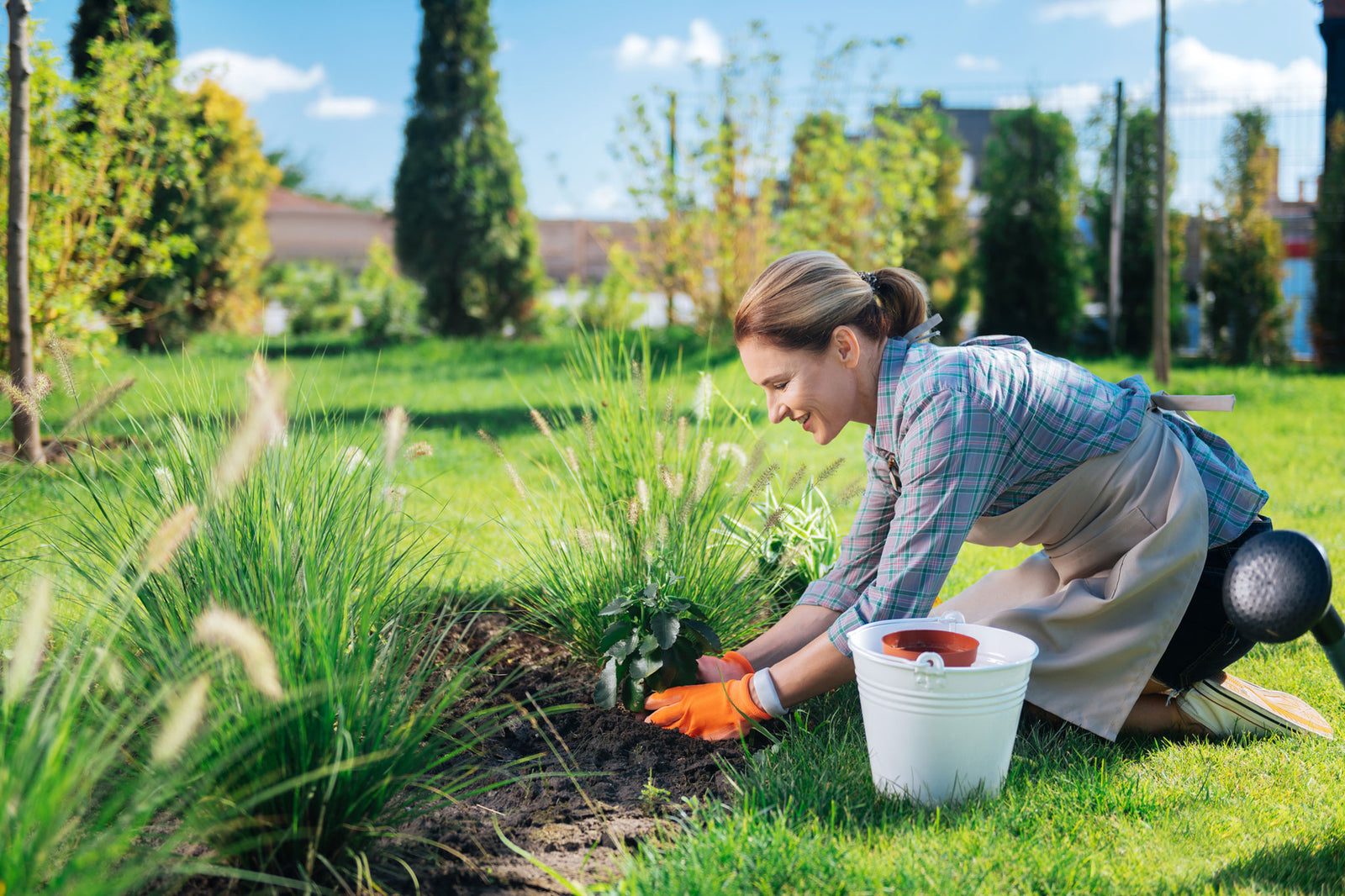Four things to know about pruning a vineyard
In the forest, vines are free to choose how they would like to spread out their wings. They can twist, turn, decide which direction to go and how high they would like to grow. However, in the vineyard, they have to play by our rules - for very good reason. As much as we would like the vines to look natural, we have to prune our vineyard to provide the best chance for a fruitful and quality harvest. There are many elements that dictate how, when and which method to prune your vines. Read on to learn more about pruning, why we do it and some quality tools that you need for the job.

Why do we prune vineyards?
Since grapevines are a type of vine, they seem to have their own mind and want to grow in wild directions. As a result, we prune to control the consistency in production and ensure we can adequately manage the vineyard. The grapevine can be a highly productive plant in the right season, but by pruning the vine, we can, in effect, 'tell' each plant how many bunches of grapes we want it to produce in the coming season.
When is the best time to prune vines?
Grapevines are deciduous plants that have annual growth cycles. In spring vines undergo budburst when the first leaves start growing, followed by flowering just before summer. Once flowering is complete the vines focus their energy on leaf and canopy growth to provide the best protective environment for the developing fruit bunches. Once the fruit is fully ripened it is harvested. During autumn and into early winter the vines start leaf drop. Vines go dormant in winter with no leaves or sap going through them. This is the time to prune. Correct pruning and timing of pruning is essential to achieve optimum vine balance – ensuring that energy is focussed on growing quality fruit. There must be an appropriate balance between the level of crop and the leaf area on each shoot. This is where experience and site knowledge become very important, as this sets the stage for the next year’s crop.
What are the different pruning methods?
There are two main ways to prune a vineyard: cane pruning and spur pruning.
Cane pruning is common in small, cool-climate vineyards. These canes are not trained in a “T” shape and instead the canes grow from the top of the trunk. The goal is to leave only a small number of the most vigorous canes with multiple buds. According to Gardening Australia, the most significant advantage of cane pruning is that it produces slightly higher yields compared to other pruning methods. However, the biggest downside is that it requires extra time with more specialised labour if producing at a greater scale.
On the other hand, spur pruning is common in warmer climates and more extensive vineyards. They have the classic “T” shape made up of permanent cordons. The goal is to cut back the new canes on the cordon to a small shoot containing two buds and evenly space them out. The most significant advantage of spur pruning is that it is faster and cheaper than cane pruning. However, it can result in reduced yields and denser canopies that require thinning in springtime.
Choosing which pruning method to use will depend on your circumstances. Some of these include considering the climate of your vineyards, time and production requirements, and whether you have specialised labour.
What are some great pruning tools at Forestry Tools?
Some of our favourite pruning tools include our electric pruners and loppers. The Felco 802 Electric Pruner and Electrocoup F3015 Electric Pruner deliver exceptional performance levels that make intense pruning work look quick and easy compared to traditional pruners. They are both ergonomic, have a compact design and fit exceptionally well in your hand. Electric pruners are recommended for professionals who do this daily to take the strain and pressure off small finger joints and hands.
If an electric pruner is not an option, but you would still like something that will still deliver high performance and is reliable, our top picks are the Bahco PXR-M2 Pruner, Felco 7 Revolving Handle Pruner, and the Lowe Pro Anvil Pruner 1104. These pruners are heavy-duty and can provide precise cuts of vines up to 20mm to 25mm in diameter.
Our Felco 211-50 Lopper and Bahco P114-SL-50 Lopper come with a highly efficient cutting head, providing a constant force and clean, precise cuts. These are powerful tools due to the significant cutting leverage you receive. These are important to have to cut the larger vines.


















